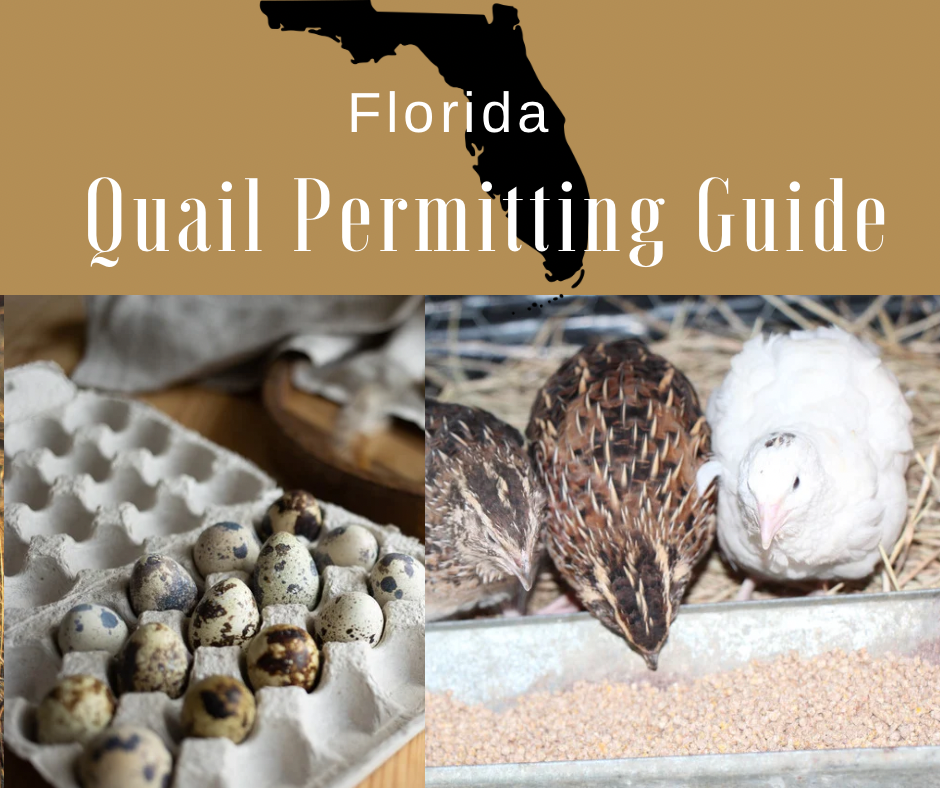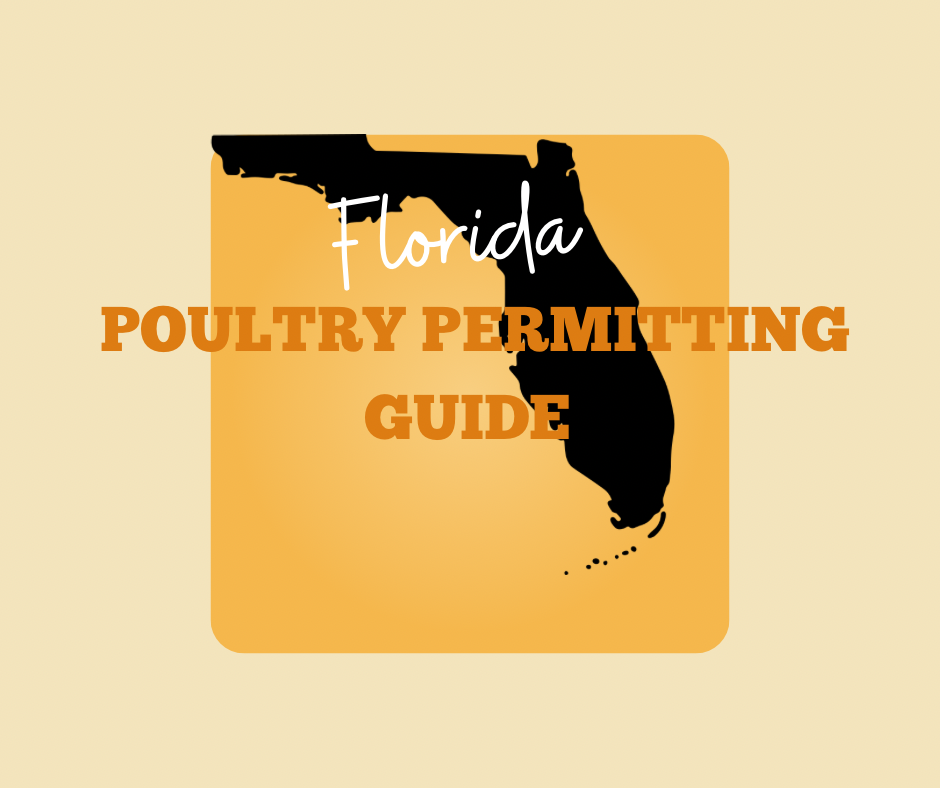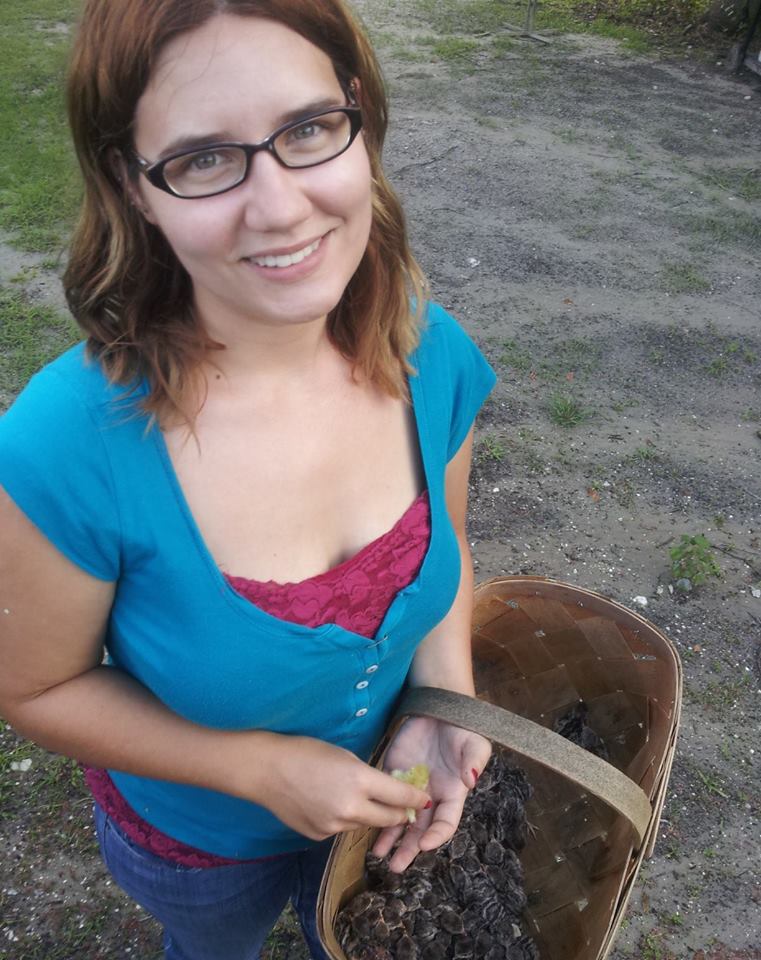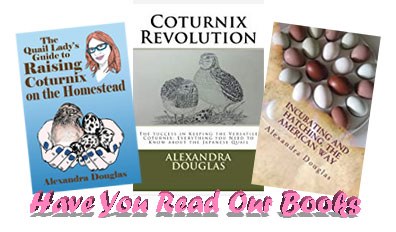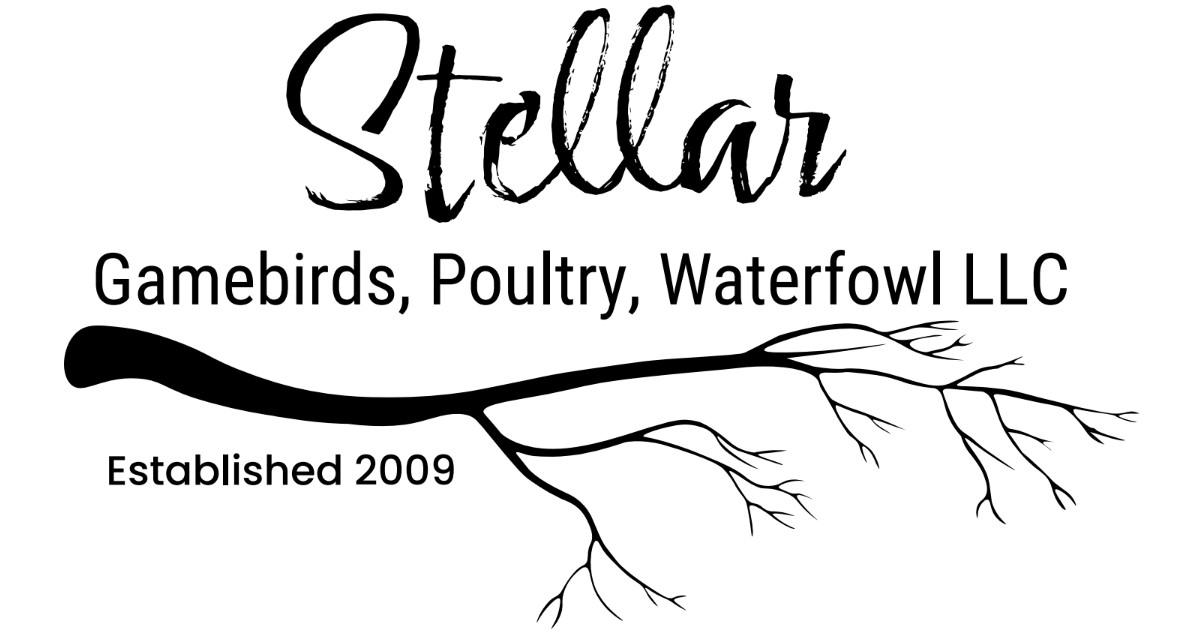Feeding your Coturnix quail a well-balanced diet is essential to their health, productivity, and overall well-being. Whether you’re raising quail for eggs, meat, or as pets, understanding their dietary needs is crucial. This guide will walk you through the key aspects of feeding Coturnix quail, including recommended feed types, essential nutrients, and tips for ensuring a balanced diet.
Understanding the Dietary Needs of Coturnix Quail
High Protein Requirements
Coturnix quail have a high protein requirement compared to other poultry, particularly during their early growth stages and throughout their egg-laying period. Protein is essential for muscle development, feather growth, and egg production.
For chicks (up to 6-8 weeks old), a starter feed with 24-30% protein is ideal. As quail mature, their protein needs decrease slightly, and they can be transitioned to a grower or maintenance feed with 18-20% protein. Laying hens should continue to receive a higher protein feed, around 20-24%, to support consistent egg production.
Essential Nutrients
Calcium is crucial for laying hens to produce strong eggshells. A deficiency in calcium can lead to thin-shelled or soft-shelled eggs. Ensure your quail’s diet includes sufficient calcium, either through their feed or by offering free-choice calcium supplements like crushed oyster shells. Phosphorus is also important, as it works with calcium to support bone health and egg production.
Quail require a range of vitamins and minerals to stay healthy. Vitamin A supports vision and immune function, while vitamin D is necessary for calcium absorption. Trace minerals such as selenium, zinc, and iron are also vital for overall health and productivity. A high-quality commercial quail feed should provide these essential nutrients in the right balance.
Water
Quail need constant access to clean, fresh water. Water is crucial for digestion, nutrient absorption, and egg production. Dehydration can quickly lead to health problems, especially in hot weather or during periods of high egg production.
Ensure that waterers are kept clean and free of contaminants. In cold weather, make sure the water does not freeze, and in hot weather, check frequently to ensure it hasn’t evaporated or become too warm.
Recommended Feed Types
Starter Feed
Coturnix quail chicks require a high-protein starter feed with 24-30% protein to support rapid growth. This feed is usually finely ground or crumbled to make it easy for young chicks to eat. Avoid medicated feed as it can cause issues with the quail.
Some starter feeds are medicated to help prevent coccidiosis, a common parasitic disease in young poultry. Whether you choose medicated or non-medicated feed depends on your personal preference and the health of your flock. If you opt for non-medicated feed, ensure that your brooder environment is clean and dry.
Grower Feed
As your quail grow, usually around 6-8 weeks of age, you can transition them to a grower feed. This feed typically contains 18-20% protein, which supports continued growth and development without providing excess protein that could strain their systems.
Grower feed is often available in crumbles or pellets. Pellets may need to be crushed slightly for younger quail or those not accustomed to larger feed particles.
Layer Feed
Once quail hens begin laying eggs, they should be switched to a layer feed with around 20-24% protein and enhanced calcium levels. This ensures they receive the nutrients needed for consistent egg production and strong eggshells.
Supplements
In addition to layer feed, you can offer free-choice calcium supplements such as crushed oyster shells or limestone grit. This allows each bird to consume as much calcium as she needs, particularly during peak laying periods.
Maintenance Feed
If you have quail that are not actively laying eggs (such as males or non-breeding birds), a maintenance feed with 16-18% protein is sufficient. This feed supports their basic nutritional needs without the extra protein and calcium required for egg production.
Feeding Tips for a Balanced Diet
Supplementing with Fresh Foods
Quail enjoy fresh greens and vegetables, which can be offered as treats or dietary supplements. Leafy greens like spinach, kale, and lettuce are excellent choices, as are finely chopped carrots, peas, and cucumbers. Fresh foods add variety to their diet and provide additional vitamins and minerals.
You can also offer small amounts of seeds and grains, such as millet, sunflower seeds, and cracked corn, as treats. However, these should be given in moderation to prevent obesity and ensure that quail receive most of their nutrients from their primary feed.
Grit for Digestion
Quail, like other birds, require grit to aid in digestion. Grit consists of small, hard particles (usually crushed granite) that help grind down food in the bird’s gizzard. While quail kept on a commercial diet with crumbled or pelleted feed may not need grit, it’s essential if they consume whole grains or seeds.
Offer grit in a separate dish so that quail can take it as needed. Ensure that the grit size is appropriate for the small size of quail.
Free Feeding vs. Scheduled Feeding
Quail typically do well with free-choice feeding, where they have access to food at all times. This approach allows them to eat according to their needs, especially during periods of growth or high egg production. However, if you prefer scheduled feeding, ensure that quail receive enough food during feeding times to meet their nutritional requirements.
Keep an eye on how much feed your quail are consuming. If you notice a sudden drop in feed intake, it could indicate health problems or stress within the flock. Conversely, excessive feed consumption could lead to obesity, so adjust portions accordingly.
Cleanliness and Food Safety
Always store feed in a dry, cool place to prevent spoilage and contamination by pests. Use airtight containers to keep feed fresh and safe from rodents or insects.
Regularly clean and disinfect feeders and waterers to prevent the growth of mold, bacteria, and other pathogens. This is especially important in hot and humid conditions, where contamination can occur quickly.
Addressing Common Feeding Issues
Feather Pecking
Causes Feather pecking can be a sign of dietary deficiencies, particularly in protein or amino acids. Ensure your quail are receiving a balanced diet with sufficient protein. Overcrowding and boredom can also lead to feather pecking, so provide ample space and environmental enrichment.
If feather pecking occurs, assess the diet and consider offering higher-protein feed or additional amino acid supplements. Providing distractions, such as hanging vegetables or foraging toys, can also reduce this behavior.
Thin-Shelled or Soft-Shelled Eggs
Thin or soft eggshells are often a sign of calcium deficiency. This issue is common in laying hens that do not receive enough calcium in their diet.
Ensure your hens have access to a layer feed with adequate calcium levels and offer free-choice calcium supplements like crushed oyster shells. Monitor the hens to ensure they are consuming the supplements, especially during peak laying periods.
Obesity
Obesity in quail can result from overfeeding, a diet too high in fat, or lack of exercise. Obese quail are at risk for health issues, including reduced egg production and mobility problems.
Adjust the diet to reduce fatty treats and ensure that quail are receiving a balanced feed with the appropriate protein and fat levels. Encourage activity by providing more space or enrichment in the enclosure.
Feeding Coturnix quail a balanced diet is essential for their health, productivity, and overall well-being. By providing the right feed type for each stage of life, supplementing with fresh foods, and ensuring access to clean water and essential nutrients, you can support the growth, egg production, and longevity of your quail. Whether you’re raising quail for eggs, meat, or simply as a hobby, understanding their dietary needs is key to maintaining a healthy and thriving flock.

